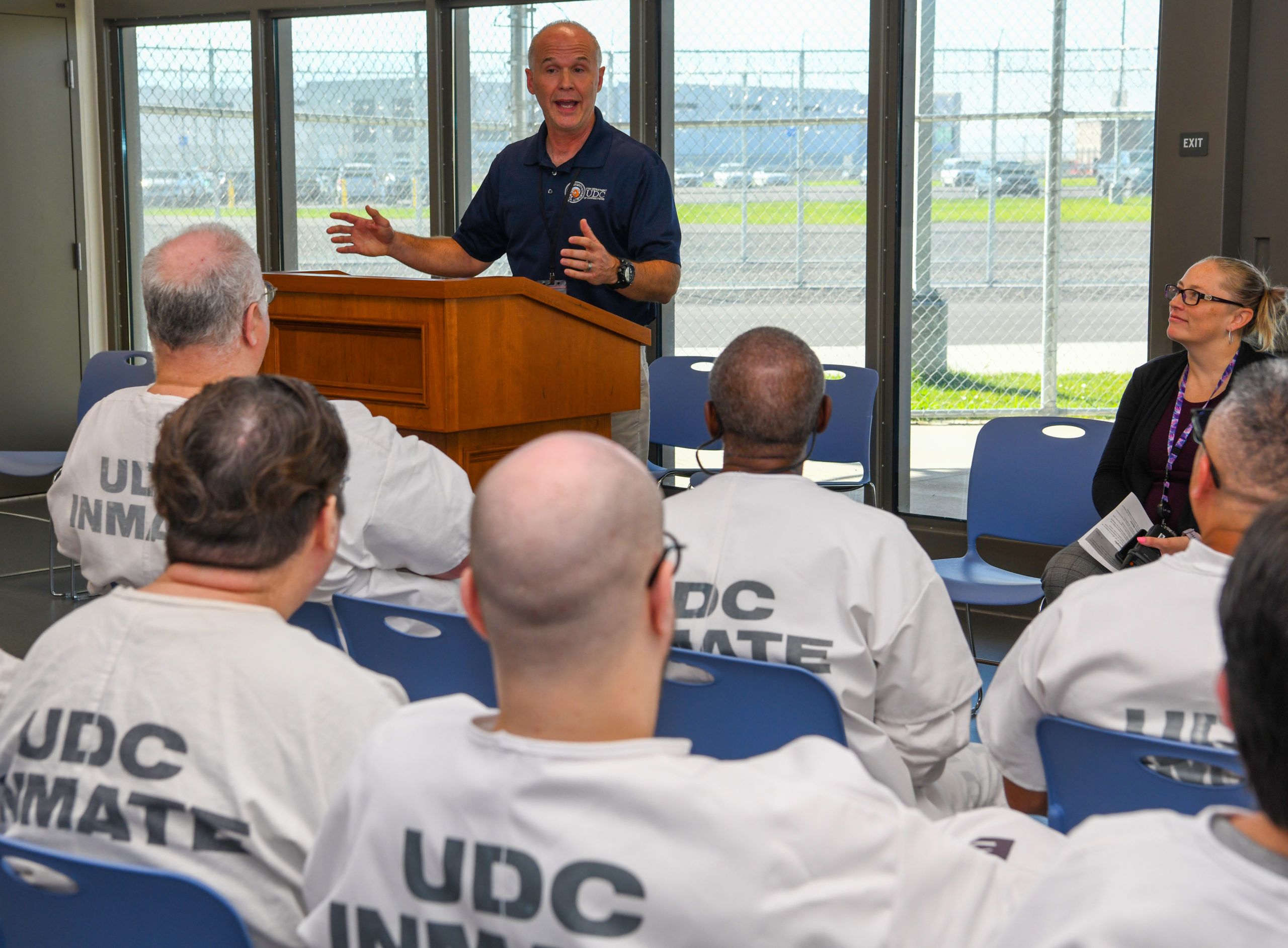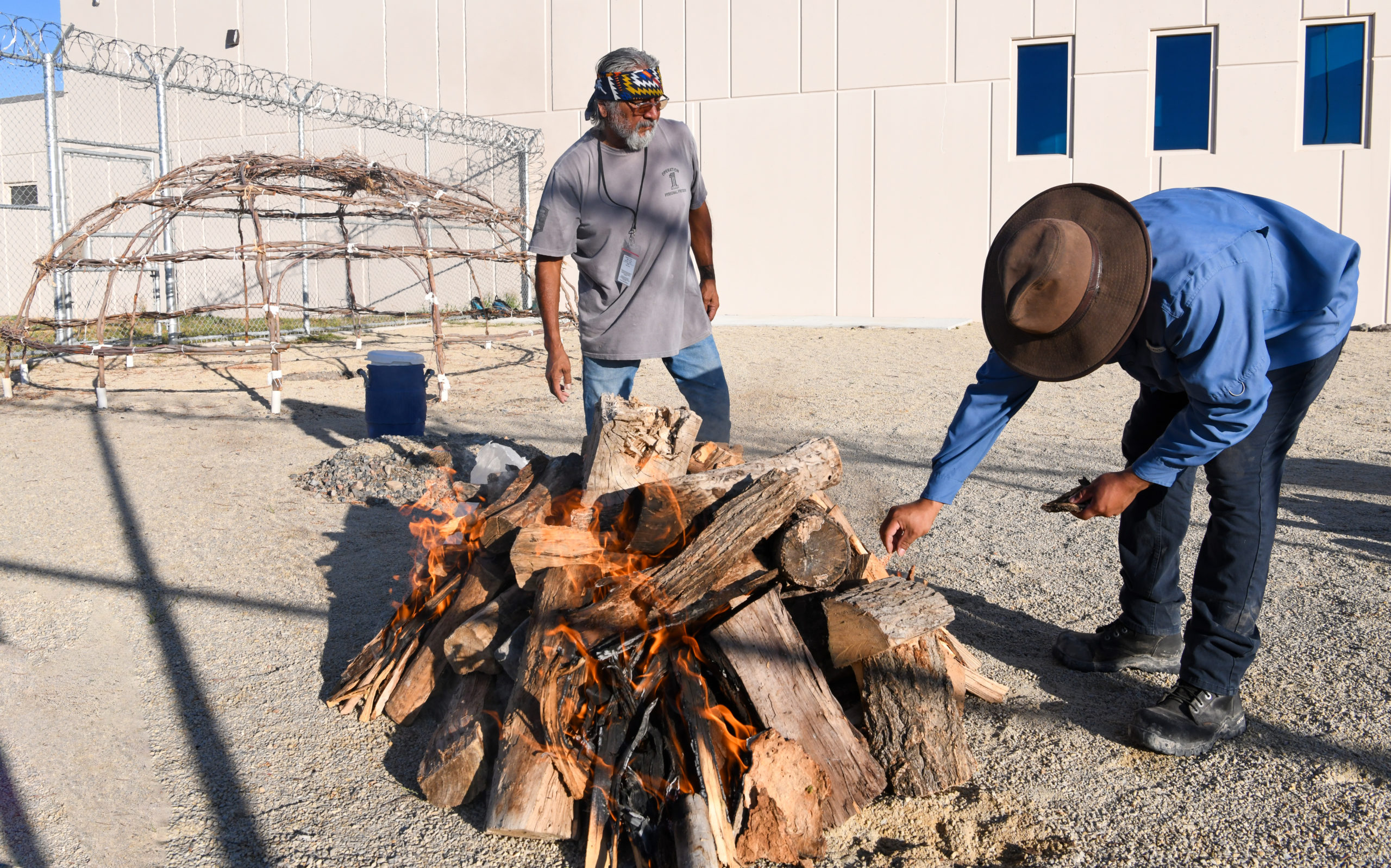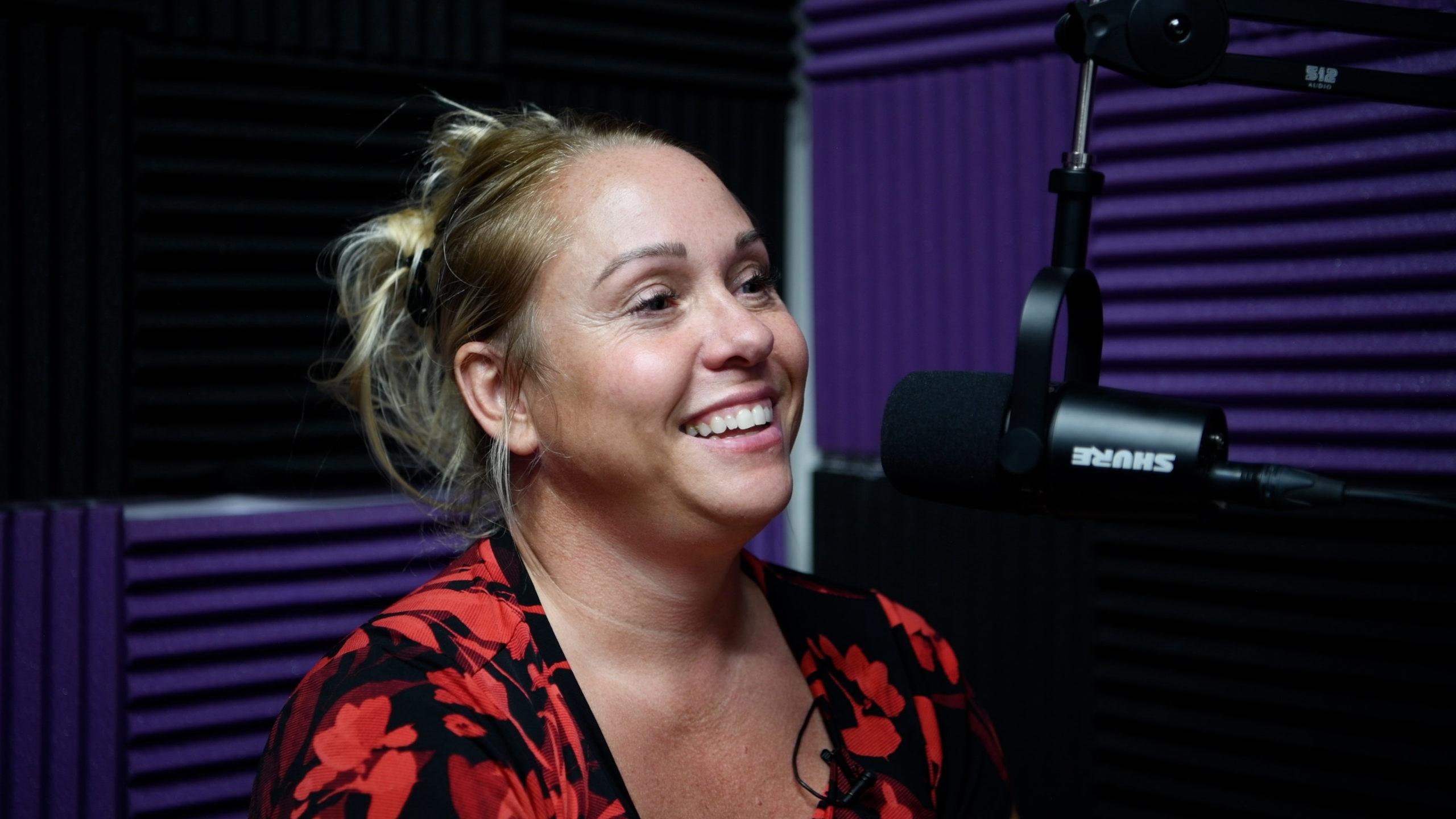
Glen Mills
Director of Communications and Government Relations
[email protected]
1.801.545.5505
Welcome to the Utah Department of Corrections press shop. Here you can stay up-to-date on press releases, blog posts and more communication coming directly from our office.

August 26, 2023
UDC working with health, abatement officials after West Nile virus detected in mosquito testing
The Utah Department of Corrections is collaborating with the Salt Lake City Mosquito Abatement District, the Salt Lake County Health Department, and the Utah Department of Health and Human Services to continue to implement preventive measures after detecting a West Nile virus-positive mosquito pool at the Utah State Correctional Facility (USCF) in Salt Lake City. “While this is considered routine
August 22, 2023
Large Altercation at Central Utah Correctional Facility Triggers Lockdowns
15 incarcerated individuals were involved in an altercation at the Central Utah Correctional Facility (CUCF) in Gunnison on Monday evening with five individuals being taken to a local hospital by ambulance to assessed and treated. Preliminary investigations indicate that the altercation may have been gang-related and weapons were involved. To ensure the safety and security of everyone involved, the Utah

August 21, 2023
UDC Celebrates Inaugural Graduation of Sex Offense Treatment Program: Honoring Efforts Toward Rehabilitation
The dozen or so men sat together in the visiting area at the Utah State Correctional Center, waiting for the ceremony to begin. They carried with them, however, the accomplishments of hundreds more who didn’t get the chance to be recognized. USCF recently held its inaugural graduation for those who have completed the Sex Offense Treatment Program, commonly known as

August 17, 2023
Strengthening Leadership at the Utah Department of Corrections: Welcoming New Appointments and Recognizing Dedication
The Utah Department of Corrections is proud to announce strategic appointments that underscore our commitment to fostering excellence and innovation within our team. The Department is excited to introduce the following individuals to key leadership roles: Rebecca Brown – Deputy Executive Director: Bringing a wealth of experience from her tenure at the Utah Department of Health and Human Services, including

August 16, 2023
UDC Launches New Family Photo Program for Inmates’ In-Person Visits
The Utah Department of Corrections will begin a new program shortly, allowing eligible offenders to have a photo taken with their loved ones during an in-person visit. “It’s for the kids and families. A kid should have a picture with their dad and mom,” said Lt. James Gull, who oversees visiting at the USCF. “We believe it will aid in

August 16, 2023
Visiting Expands to Fremont Housing Unit
Visiting at the Utah State Correctional Facility in Salt Lake City is expanding to additional housing units, according to Utah Department of Corrections officials. The Fremont housing unit will begin offering tablet visits starting September 1. “It will be open to those who have received and maintained a “B” level privilege and are classified,” said Capt. Tawnya Nicholes, who supervises
August 14, 2023
UPDATE: Operations resume normal with hot water unavailable at identified housing units
Hot water available again at all housing units as of yesterday afternoon (08/15) Operations resume normal with hot water unavailable at identified housing units A temporary fix has been made regarding the current gas leak. Normal operations have resumed; however, Bear 3, Bear 4 and Green will be without hot water for the time being. UDC’s Facilities team are

August 14, 2023
Inaugural Sweat Lodge Ceremony at Green
Thanks to the help of volunteers and incarcerated individuals, the Green housing unit at the Utah State Correctional Facility held its first sweat lodge ceremony recently. A sweat lodge is a ceremonial structure used by various indigenous cultures for spiritual and healing purposes. It is typically a dome-shaped hut made from natural materials like wood and covered with blankets, skins,

August 3, 2023
Conversations with Corrections: Stevoni Doyle
[embedyt] https://www.youtube.com/watch?v=19CQ0iHDUlk[/embedyt] Stevoni Doyle, a formerly incarcerated individual with the Utah Department of Corrections, shares her story. Doyle stayed in Utah State Prison for 15 months before transferring to federal supervision for four years of total time served. Reflecting on her experiences, Stevoni describes how impactful incarceration was for her and how thankful she is for the opportunity to turn

August 3, 2023
Virtual Reality Training Pioneers: Utah Correctional Industries Empowers Incarcerated Individuals with Cutting-Edge Technology
[embedyt] https://www.youtube.com/watch?v=LATg_N1cPDY[/embedyt] Utah Correctional Industries is one of the first in the nation to bring virtual reality headsets inside a correctional facility, utilizing them to train incarcerated individuals to work in its programs. Done in partnership with New York-based Transfr, which specializes in VR training, UCI is giving men and women opportunities to utilize cutting-edge technology to improve their skills